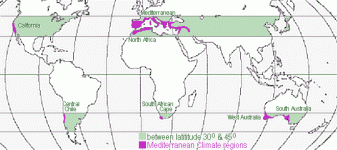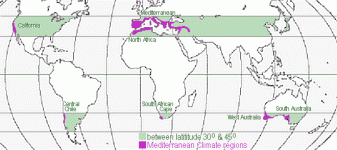motacilla oenenthe
Well-known member
ive noticed alot of similarites in some areas of the world that are thousands of miles apart.
the northern great lakes region (northern minnesota/wisconsin/ michigan's upper peninsula & northern lower peninsula) of the US has its counterpart in the russian far east (ussuri/primorye/khabarovski kray/kamchatka). they both share a maritime climate and great flora/faunal similarites and often related species. for example the russian far east and upper great lakes both share moose, wolves, bears, chipmunks, hares & lynx and both areas have closely related species of oaks, pine, birch and maple.
the sagebrush steppe of montana/utah/oregon ect has its counterpart in mongolia, the scottish highlands have their north american counterpart in newfoundland, ect ect.
its really fascinating to see how much these areas are alike.
the northern great lakes region (northern minnesota/wisconsin/ michigan's upper peninsula & northern lower peninsula) of the US has its counterpart in the russian far east (ussuri/primorye/khabarovski kray/kamchatka). they both share a maritime climate and great flora/faunal similarites and often related species. for example the russian far east and upper great lakes both share moose, wolves, bears, chipmunks, hares & lynx and both areas have closely related species of oaks, pine, birch and maple.
the sagebrush steppe of montana/utah/oregon ect has its counterpart in mongolia, the scottish highlands have their north american counterpart in newfoundland, ect ect.
its really fascinating to see how much these areas are alike.





